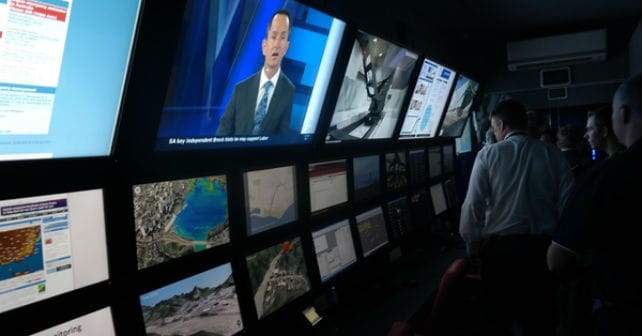'Waggling' wings could cut aviation fuel bills
 Aircraft wings that redirect air to waggle sideways could cut aviation fuel bills by 20 per cent, according to research funded by the Engineering and Physical Sciences Research Council (EPSRC) and Airbus in the UK.
Aircraft wings that redirect air to waggle sideways could cut aviation fuel bills by 20 per cent, according to research funded by the Engineering and Physical Sciences Research Council (EPSRC) and Airbus in the UK.
The new approach, which could dramatically reduce mid-flight drag, uses tiny air-powered jets that redirect the air, making it flow sideways back and forth over the wing.
The jets work by the Helmholtz resonance principle — when air is forced into a cavity, the pressure increases, which forces air out and sucks it back in again, causing an oscillation — the same phenomenon that occurs when blowing over a bottle.
“This has come as a bit of a surprise to all of us in the aerodynamics community,” said Duncan Lockerby, the project’s lead researcher at the University of Warwick. “It was discovered, essentially, by waggling a piece of wing from side to side in a wind tunnel.”
Lockerby continued, “The truth is, we’re not exactly sure why this technology reduces drag, but with the pressure of climate change we can’t afford to wait around to find out. So we are pushing ahead with prototypes and have a separate three-year project to look more carefully at the physics behind it.”
“This could help drastically reduce the environmental cost of flying,” said Simon Crook, EPSRC senior manager for aerospace and defence. “Research like this highlights the way UK scientists and engineers continue to make significant contributions to our lives.”




